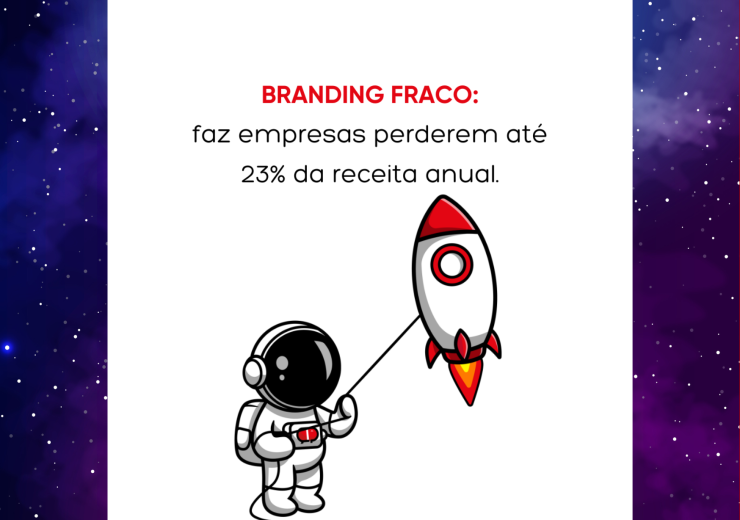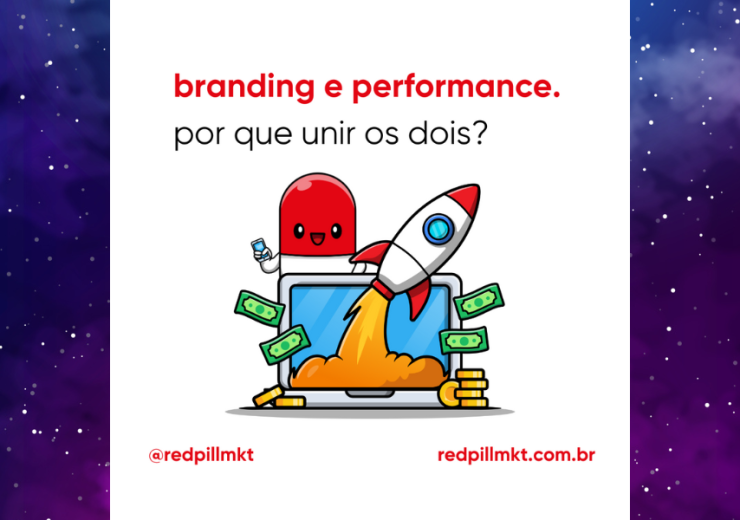Weak branding is costly: companies lose up to 23% of revenue due to a lack of positioning.
A recent survey has revealed a fact that should alert any manager, entrepreneur or marketing professional:
Companies with poor branding lose, on average, up to 23% of their annual revenue.
That's right. Almost a quarter of your revenue could be going down the drain simply because your brand has no clear positioning, perceived differentiator or connection with the public.
Branding is not perfumery. It's a survival strategy.
According to the study, the perception of brand value has a direct impact on financial performance - influencing everything from purchasing decisions to customer loyalty.
In other words: it's not enough to offer a good product or service. If your brand doesn't build trust, doesn't convey authority and isn't remembered when people choose it, it will lose out to those who do it better.
And what's more, often with products that are even worse than yours.
What is weak branding?
Poor branding isn't just about having an outdated logo. In fact, it is:
- Not having a clear value proposition
- Talking to everyone and not connecting with anyone
- Being generic, copied or forgettable
- Not conveying security or coherence on the web
- Change tone, color or speech with each campaign
It's the kind of communication that doesn't create a bond, doesn't arouse desire and doesn't build loyalty. And that costs a lot.
Strong brands sell more and spend less
A strong brand reduces the cost of customer acquisition (CAC), increases the average ticket, improves campaign performance and strengthens after-sales service.
More than that: it wins the war for attention without having to shout. Because the customer already knows who they are, what they deliver and why they should choose them.
Source: Terra




